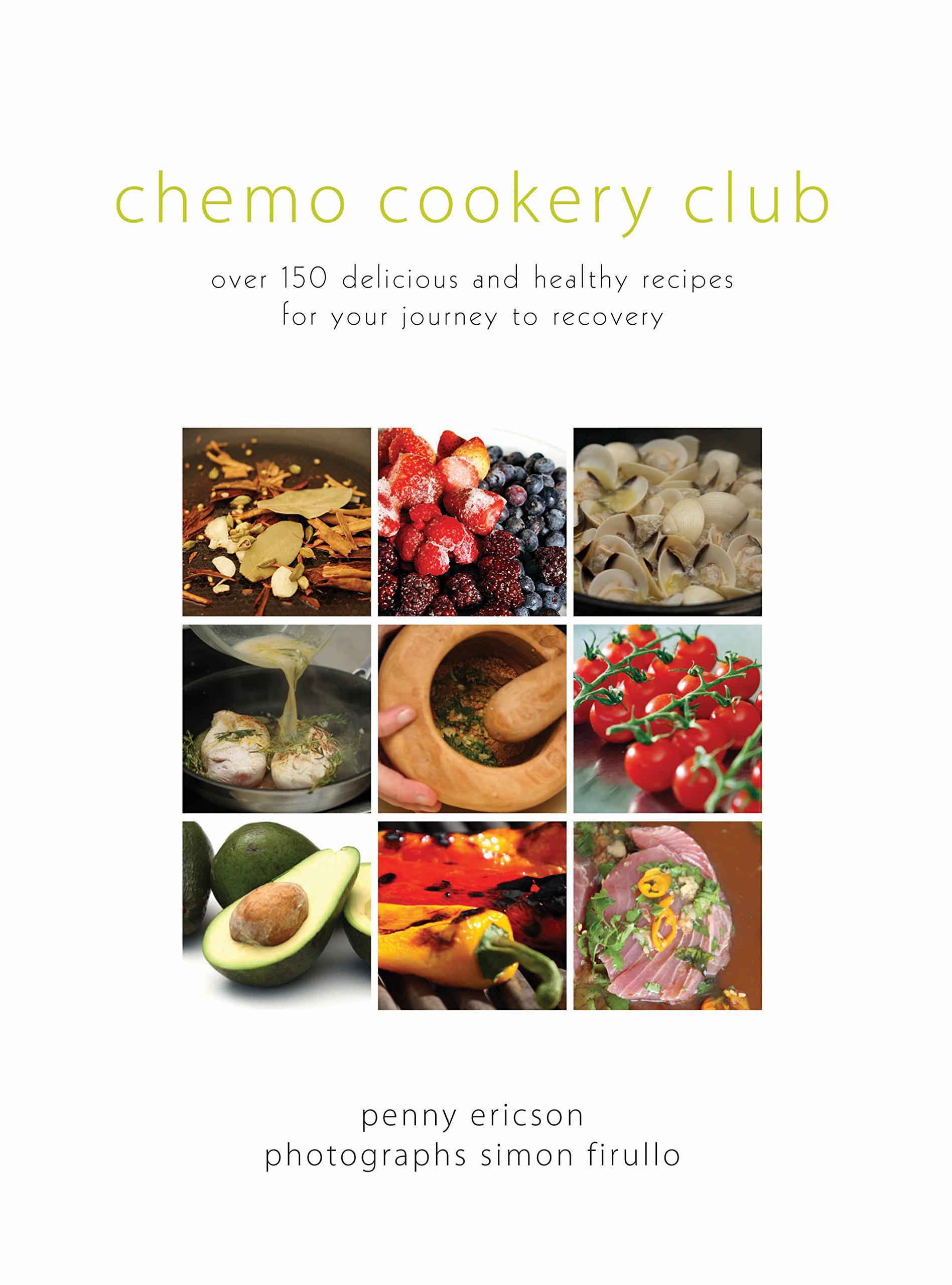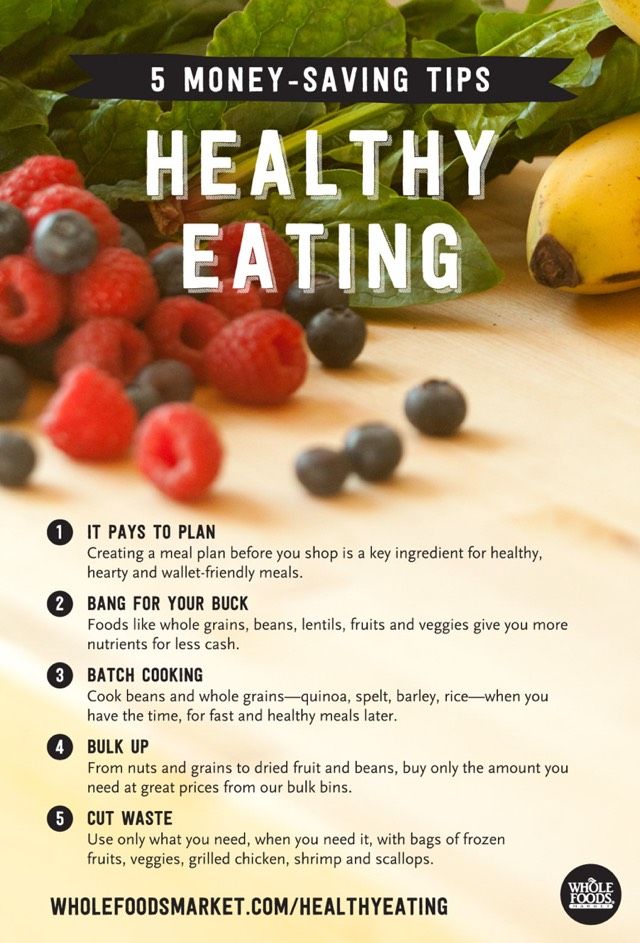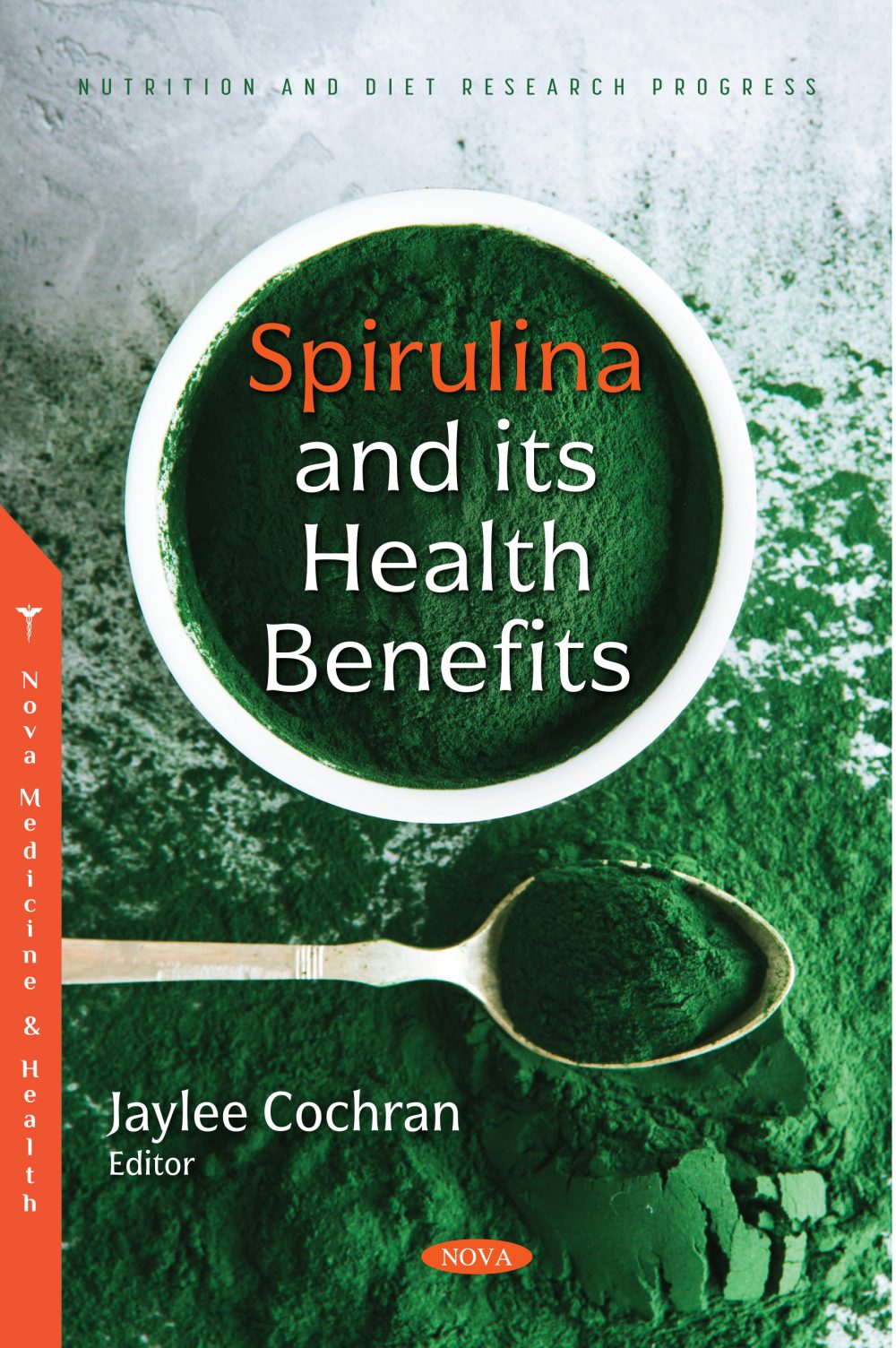
Caveman diets are a good option if you want to lose weight. This eating plan allows you to eat foods that were not available to humans before the dawn of time. This diet generally does not include cooked foods and has fewer carbs. A caveman diet can help you lose body fat and provide balanced energy. Read on for more information about the caveman diet.
Caveman diet includes meat, fish and dairy products. These are generally considered a healthy part of a balanced diet, and are recommended by the MyPyramid, an updated version of the Food Guide Pyramid. Healthy adults should consume at least three cups of lowfat dairy products every day. Although the caveman diet restricts grains, it is important to remember that whole grains are essential for a healthy diet. Although the caveman diet sounds healthy, pregnant women should not eat it. The baby could be affected by the nutrients.

Caveman diets are not for everyone. You should start slowly and adhere to the guidelines for open meals if this is your first time trying the caveman diet. This will enable you to stay on the diet and not binge. But be prepared to deal with the occasional temptation to cheat. Some people can't adhere to strict dietary rules for the first few day. Try it out if you're not sure if this is the right method for you. This will allow you to lose weight.
While caveman diets generally discourage exercising, some encourage you to get out and do some exercise. Some recommend not doing any exercise but others suggest going outside to hunt and gather. Given that the Paleolithic era was dominated by hunting and gathering food, it would have been difficult to sustain a life without a lot more physical activity. A caveman's diet does not include grains.
A caveman diet also has the benefit of being easy to follow and less time-consuming. The caveman diet allows people to make large pots of soups or stews, which can last for several days. The caveman diet is similar in many ways to the ketogenic diet. However, there are some important differences. Aside from the lower carbs, a caveman's dietary requirements are more restrictive than a ketogenic diet.

Cavemans do more exercise. Caveman food is more active, but less processed. The caveman diet is more about the amount of fat and protein in the diet than about the type of meat. It also excludes milk and gluten. Although it's a good diet for people who have diabetes, it is not recommended. This diet is best for beginners.
FAQ
What are some basic cooking skills?
Basic cooking skills are the ability to read and follow recipes. These are the essential skills you will need to be able cook for yourself. You can also save money by cooking at home.
Are there any requirements to become a chef?
No. No. Some even went to culinary schools to gain practical experience. Culinary school is preferred by most chefs because they have more opportunities to grow and learn. Culinary schools allow students to learn hands-on skills, and this helps them improve their cooking knowledge.
What is the cost of a culinary school?
Prices for Culinary School vary depending upon where you go, what program you select, and how long you stay there. Tuition costs range from $10,000 to $30,000. The majority of students graduate with around $20,000 in student debt. Some programs offer work-study, grants, scholarships and grants.
Statistics
- You'll be amazed that over 90% of CIA students receive scholarships and grants to finish their culinary studies. (ischoolconnect.com)
- The median pay for a chef or head cook is $53,380 per year or $25.66/hour, according to the U.S. Bureau of Labor Statistics (BLS). (learnhowtobecome.org)
- On average, chefs earn $58,740 a year, according to the BLS. - learnhowtobecome.org
External Links
How To
How to cook your steak
The thickness of any meat will dictate the cooking method. Thicker steaks, for example, are better cooked at low heat while thicker steaks require higher temperatures.
Don't overcook them as they will lose flavor. Don't forget to take the steak out of the pan once it's finished. This will ensure that you don't burn your self.
Cooking times will vary depending on how large the steak is and what degree of doneness you desire. Here are some guidelines:
Medium Rare: Cook until medium-rare, which is when the internal temperature reaches at least 145degF (63degC). This takes between 3 and 5 minutes per side.
Medium: Cook to medium (or until the internal temperature reaches 160degF/71degC). This takes approximately 6 minutes per side.
When done well, cook until the internal temperatures reach 180°F (82°C). This usually requires 8 to 12 minutes per side.